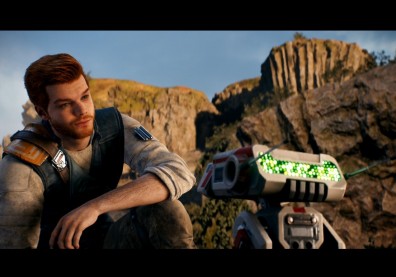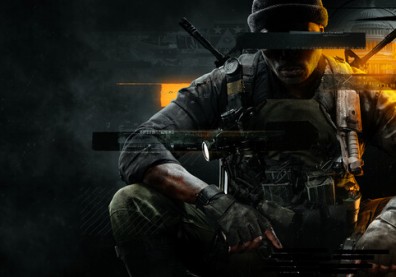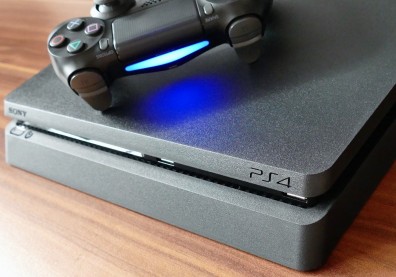Next-gen is almost here, and both Microsoft and Sony are doing their part to disperse as much information as possible to not only make sure fans are educated, but in an attempt to get a competetive edge. With some gamers still a bit reserved over an ever listening, ever watching console in their living room, Microsoft is stepping to the plate again to explain exactly how Kinect Data Capture will work with the new system.
The company recently updated its privacy statement for the Xbox One, which illustrates how data is collected while playing, and how it is then used. Let's look at the key points:
- "The camera can be used to sign you in. To do so, it measures distances between key points on your face to create a numeric value that represents only you. No one could look at the numbers and know they represent you. This authentication information stays on the console and is not shared with anyone."
- Kinect data exists as a, "very long set of numbers," and that, "[n]o one could look at [to see how] they represent you." Said numbers are apparently deleted after you exit your current play session and are re-generated the next time you play.
- "Microsoft may collect those numeric values to enable and improve gameplay and improve the gaming experience." However, they are, "destroyed after analysis is complete."
- Players control "what happens to photographs taken during gameplay and whether voice commands are captured for analysis. You can turn Kinect off at any time. When Kinect is used with certain games and apps, your skeletal movements can be used to estimate exercise stats. You can decide how your stats are managed and whether they are shared."
- "Some game titles may take advantage of a new Xbox capability called expressions. This feature allows you to use your defined facial expressions to control or influence a game. This data does not identify you, stays on the console and is destroyed once your session ends."
- "Except as described in this privacy statement, we won't disclose your personal information to a third party without your consent."
Microsoft's Xbox One launches on Nov. 22, and will be available in Australia, Austria, Brazil, Canada, France, Germany, Ireland, Italy, Mexico, New Zealand, Spain, UK, and the United States for $499.
The new console claims an 8-core x86 processor and Microsoft hopes it will take the place of the family room cable box by letting you watch Blu-ray movies and TV through the console, in a "seamless transition" that lets players switch from playing games to watching shows and/or movies. It will come fully loaded with 8GB of RAM and a 500GB hard drive.
A cross-country tour where Microsoft is demoing the system at various locations is already underway, and demo kiosks have already arrived at a number of retailers.










